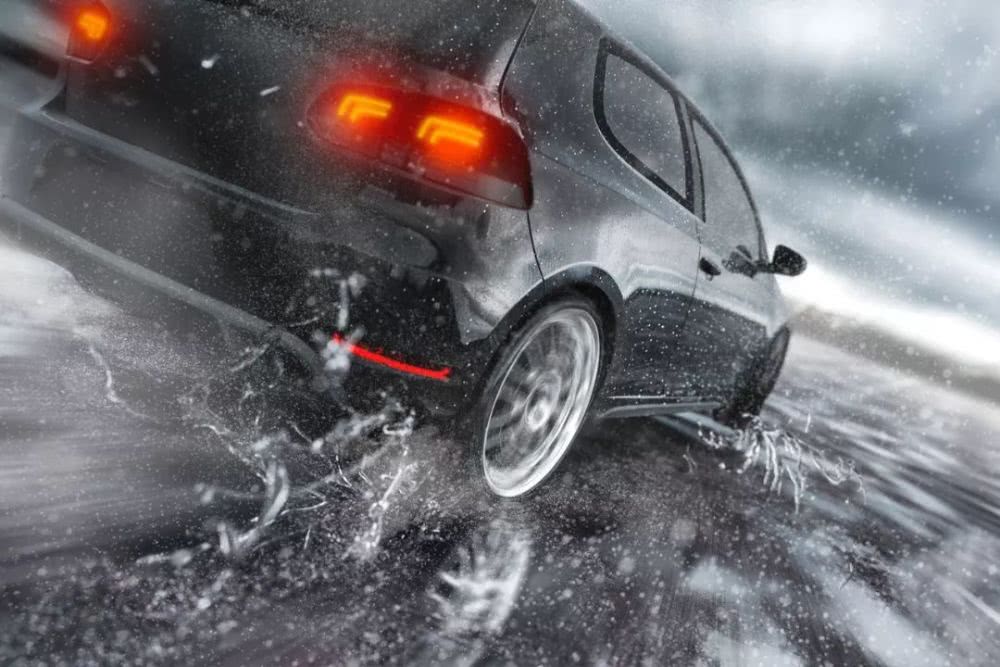Hydroplaning happens when a vehicle moves too quickly along a wet road. A layer of water accumulates under the tires; they lift up and lose traction; the driver loses control.
當車輛在潮濕的路面上開得太快時會出現打滑現象。輪胎下聚積的一層水會抬高輪胎,失去牽引力,駕駛員會失去對車輛的控制。
Now, what does NASA have to do with hydroplaning?
美國國家航空航天局與打滑現象有什么關系呢?
Here's an historical look at the science story.
我們來看下科學的歷史。

Hydroplaning is a relatively new phenomenon for humans, given that the combination of high speed and smooth pavement that's necessary has only fairly recently become possible.
打滑現象對人們來說是相對較新的現象,因為高速和光滑的人行道也是最近相對才有的。
In fact, it wasn't until 1957 that a tire treadmill study first experimentally demonstrated hydroplaning “in action.”
事實上,直到1957年一臺帶輪胎的踏車最先通過試驗演示了打滑現象的存在。
That study was motivated by airplanes.
那項研究是由飛機引發的靈感。
Hydroplaning had been causing a lot of problems for pilots landing on wet runways.
飛行員降落在潮濕跑道上,打滑現象已經給他們造成了大量的問題。
Here's where NASA comes in. NASA scientists wanted to figure out what hydroplaning was all about.
這也是NASA介入的原因。NASA科學家試圖弄明白打滑現象究竟是怎么回事。












